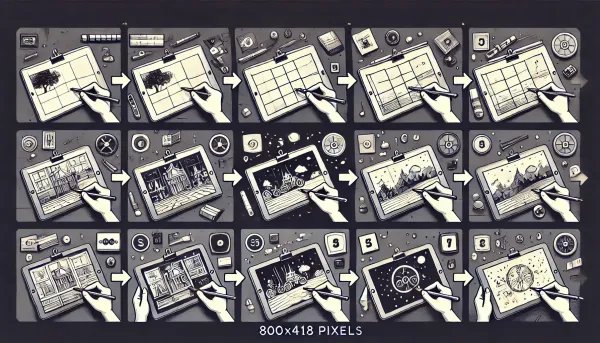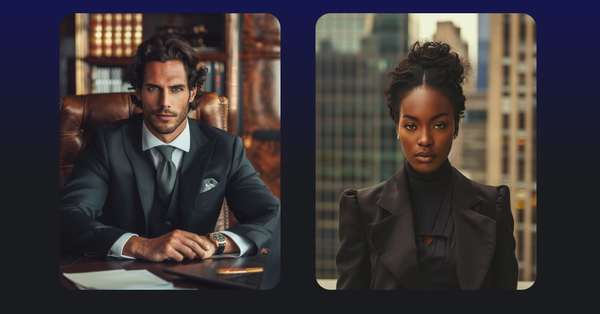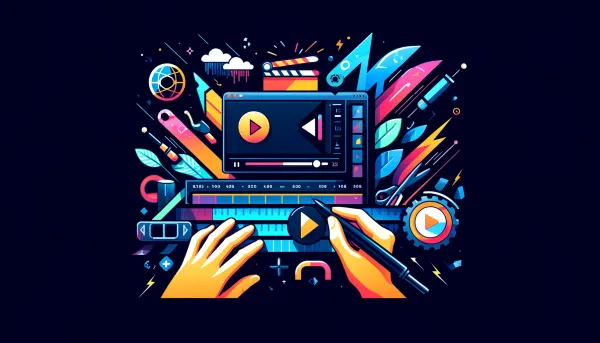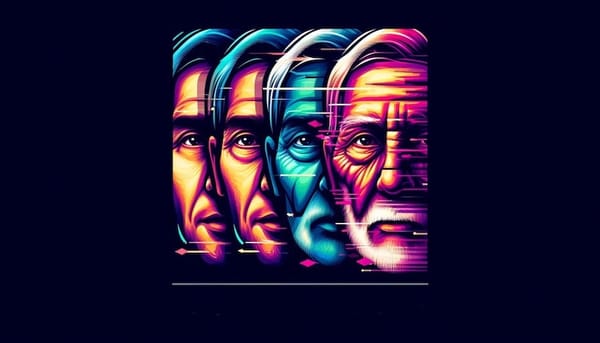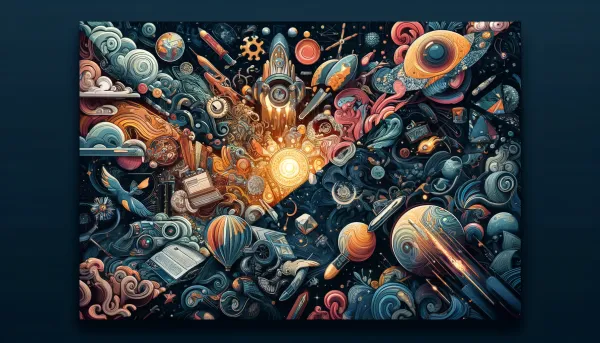Living in the time of the passion economy: how content creators are becoming the new rock stars
All you need are passion and the right tools for self-expression
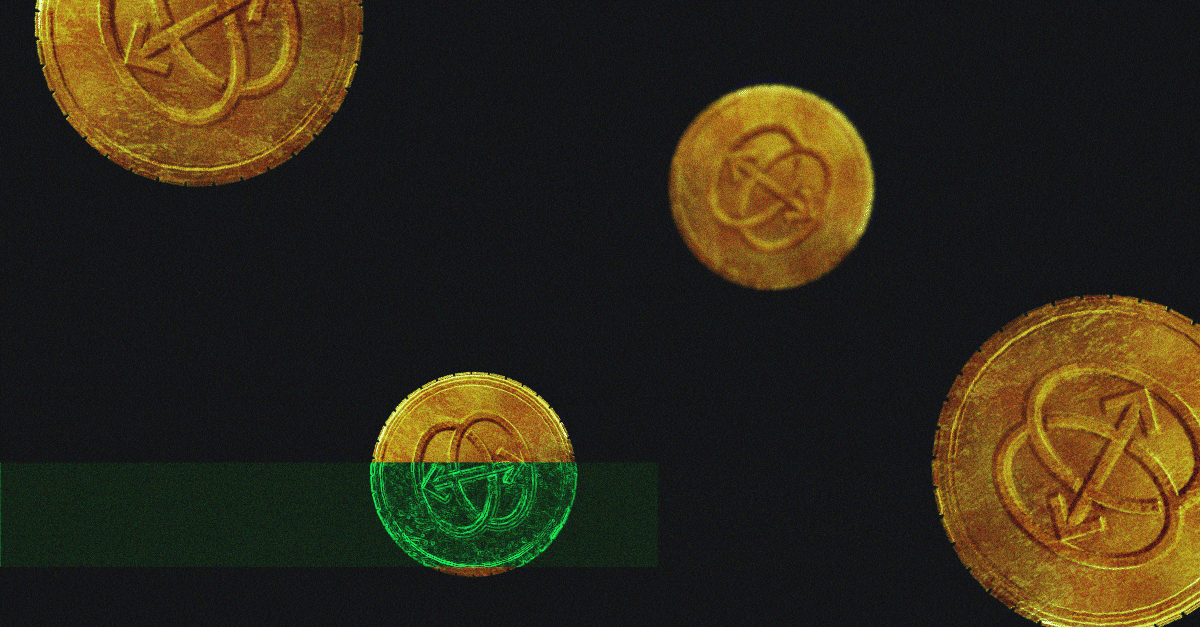
Meet Maria, aka Gentle Whispering. She was one of the pioneering ASMR artists on the web in the mid-2010s and the first one to become a real ASMR star.
Now she has 2.07 million subscribers on YouTube. Maria’s videos have hundreds of thousands of views, and her followers adore her. Why? She discovered her talent and gave her audience unique content. And her grateful followers are willing to support their favorite artist — a total win-win.
Oh, the 21st century
What an excellent place to follow your dream, create something you are passionate about, and make money off of it. Capitalizing on creativity, knowledge, skills, and intellectual property seems to be the new black, and content consumption is becoming more personalized and engaging every day.
Why is capitalizing on creativity emerging so fast?
The main reasons are:
- Internet, where anyone can share anything. No comment.
- Specific platforms for all kinds of content (Substack, OnlyFans, Bandcamp, YouTube, TikTok). These platforms (are):
a) accessible
b) see creators as unique individuals
c) open to new forms of work and self-expression
d) focused on digital and virtual products and services
e) provide universal tools for users’ businesses - Multiple tools for content creation that are accessible and easy to use. People don’t need specific tech knowledge and lots of time anymore to make funny videos or give lessons online (Snapchat Filters, Instamasks, Reface, Zoom, Clubhouse, Substack and so on, and so on)
- Direct contact with customers, thanks to Patreon, OnlyFans, and other services that allow creators to receive payments from loyal audiences.
- People want to be their own bosses.
- People want to capitalize on their individuality.
- Profit!
At the moment, there are ~50 million independent content creators on YouTube, Twitch, Instagram, and other platforms, of which 2 million are full-time professional creators. And the numbers are growing.
Many American teachers prefer giving online lessons via Juni Learning or Outschool and making thousands of dollars. The video courses platform Podia allows its top creators to earn $100K+ per month. And one of the top-earning writers on Substack makes $500K yearly.
The pandemic led to a meteoric rise of new economic, work, and monetization models.
And here is the result, meet the ↓
ECONOMIES OF THE 21st CENTURY.
WHICH ONE TO CHOOSE?
I.
Have you heard of the Hype House? It’s a big squad of content creators who live together and produce viral videos for TikTok, YouTube, and Instagram. And yes, they make a living off it.

- They have millions of followers.
- They do what they love.
- Netflix launched the Hype House reality TV show
- They monetize their content.
Now, this is the Creator Economy 👩🎤
Basically, the Creator Economy is a model in which creators produce content and make money directly from their audience using specific platforms. The Creator Economy focuses on creating content for social media.
Meet Madelaine Turner, a 26-years-old TikToker who went viral with her video parodies. And she’s not even a professional filmmaker, wow.
@madelaineturner i tried to see if I could make this only using things I could find in my apartment. hope you like ! 😂 #fyp #foryou #wesanderson #film
♬ original sound - Madelaine
II.
Okay, let’s move on. Perhaps you’ve heard of people selling NFTs of their tweets. For real, people sell tweets!
Now, this is the Attention Economy 👨🎤
Basically, the Attention Economy is the idea that anything that concerns people’s attention is intellectual property, and users can monetize it.
If your tweets, memes, or cat pics attract attention, you can try selling subscriptions to your content. Who knows, maybe you’ll become a millionaire.
So, the Attention Economy is about grabbing a user’s attention and monetizing anything that makes you read/watch/laugh/cry, etc. Any joke, sentence, and idea is content.
Here’s a good example of how new platforms are changing the game by putting creation and monetization in the hands of creators. You can read about how OnlyFans changed sex work here.
Meet Mike Winkelmann, AKA Beeple. He’s an NFT art star. Winkelmann is a graphic designer; he creates short films, VJ loops, digital artworks, etc. This Spring, he sold an NFT of his painting “Everydays: The first 5000 days” for $69,346,250. In total, Beeple sold artworks for $113,544,319.92.

Now. Both the Creator and Attention Economies are subsets of the Passion Economy 🧑🎤
The Passion Economy is a way to monetize individuals’ skills that allows freelancers, entrepreneurs, and people passionate about something to earn income from their passions and talents.
The whole point of the Passion Economy is people doing something they’re passionate about (online courses, meditation, texts, expertise, or any other services). If it’s relevant and/or interesting to their audiences, creators might try monetizing it.
So, it’s the good old formula: find what you love, or something special that you can do better than others, and sell it — on the internet as webinars, private subscriptions, or any other form that suits you.
GIVE ME A BREAK, PLEAAASE!!!1!11
Okay.
Modern web platforms allow people to monetize their unique skills and capitalize on their creativity. This economic model is emerging and has huge potential. Users build audiences, produce content they’re passionate about, and turn their dreams into livelihoods. The Passion Economy loves individuality, personalization, and direct relationships between creators and customers. Anything can be content — even your tweets. The economy, the Internet, your neighbors, and even your cat are all shifting towards content creation. There are so many production and monetization tools and platforms out there now.
So.
If you have something to share with the world, now is the time.
;)
Why are we talking about this all?
Reface is shifting towards a social platform for content creators, too. We have unique AI-based tools that allow users to create exciting videos. Our new Reface for Creators program will help a new generation of content creators express themselves in a totally new way.

